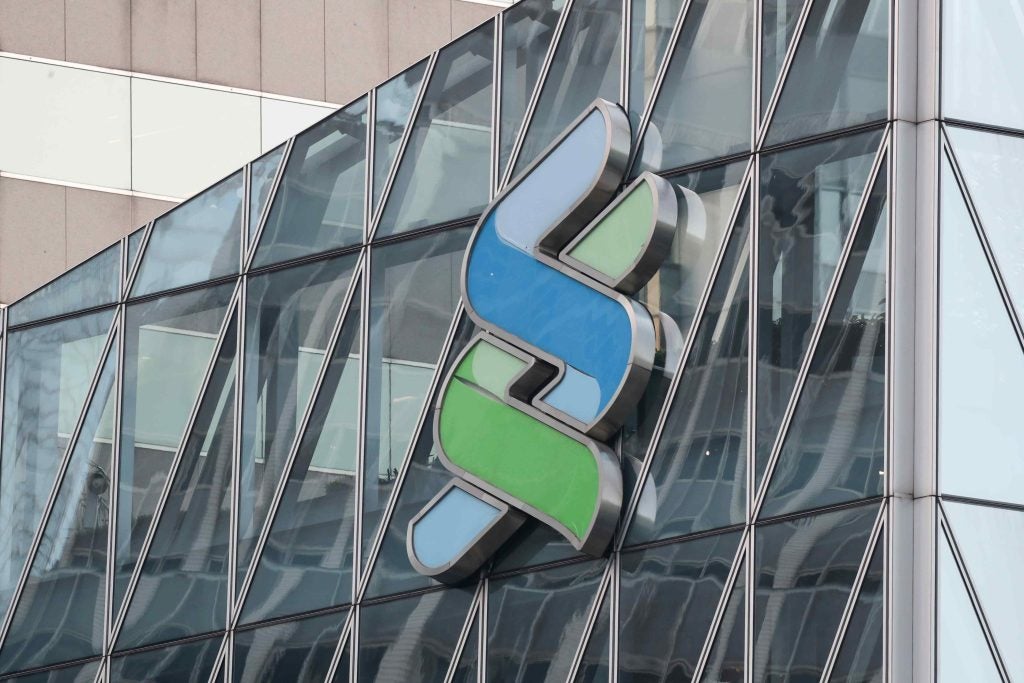The gradual economic improvement in Europe, increasingly liquid debt markets and stronger IPO market conditions supported an increase in exit activity of PE-backed businesses in 2013, according to EY’s ninth annual European PE exits study.
Last year saw 77 exits in the population covered by the study versus 61 in 2012.
The report, Taking stock: how do private equity investors create value? A study of 2013 European exits, examines the outcomes and methods of exits from a consistent population of large, PE-owned European businesses, numbering 604 between 2005 and 2013.
It showcases the return of exits via IPO in 2013 to a level not seen since 2006. Thirteen companies floated last year compared to just three in 2012, with several of PE’s best portfolio companies yet to hit the market.
Improved debt markets allowed secondary buyouts to recover. Last year, 55% of exits by number were to other PE firms’ companies — a notable uptick from the 38% recorded in 2012 and the highest share of exits since 2007, highlighting increased confidence. The rate of creditor exits fell to its lowest since before the crisis. When corporate buyers return, after yet another year of lackluster volume that has persisted since the downturn, all three key exit routes will be at healthy levels of activity.
Sachin Date, EY’s Europe, Middle East, India and Africa Private Equity Leader, says:
How well do you really know your competitors?
Access the most comprehensive Company Profiles on the market, powered by GlobalData. Save hours of research. Gain competitive edge.

Thank you!
Your download email will arrive shortly
Not ready to buy yet? Download a free sample
We are confident about the unique quality of our Company Profiles. However, we want you to make the most beneficial decision for your business, so we offer a free sample that you can download by submitting the below form
By GlobalData"The past 10 years have been a rollercoaster for European private equity — in terms of fund-raising, new investments and exit activity. But PE is now emerging from the post-crisis period in good shape, with exits coming more steadily as the sector continues to stabilize."
PE outperformance is the most consistent source of investment return
The study finds that PE outperformance versus comparable public companies is the largest source of gross investment return, and also the most consistent through the highs and lows of the last nine years — characterized by rapid growth 2005-07, the economic downturn 2008-09 and then slow recovery 2010-13. The benefits of additional leverage and underlying stock market performance are positive contributors to PE returns, but have been more volatile as well as smaller overall.
Harry Nicholson Private Equity Partner and European study leader at EY, comments:
"Our large data set shows the positive effect of PE ownership translating into superior financial returns for investors, even after we have discounted additional leverage and stock market performance."
Faster profit growth underpins PE outperformance
The most important source of PE outperformance comes from faster profit growth than comparable public companies, which is more important than smart or lucky buying and selling. Faster profit growth in PE-backed businesses has been driven by initiatives to increase revenue, for example backing new products, brands and market-entry strategies, and also operational efficiency initiatives. Overall, companies sold between 2005 and 2013 grew their EBITDA by over 8% per annum.
Date notes: "Our analysis shows the strong performance of businesses across Europe under PE ownership. It also finds considerable value in the current PE portfolio that has yet to be realized. This will support healthy exit activity in 2014 and beyond."
Outlook: IPOs and secondary buyouts continue to represent strong exit routes for PE
The European IPO market returned from a long hibernation in 2013, and this trend continues in 2014, with a steady stream of exits in the pipeline. On the private side, a continuing development of the European credit market will likely translate into substantial secondary buyout activity.
Improving fundraising conditions will support the new investment with totals expected to reach the pre-crisis levels, while LPs continue to be attracted by PE’s long-term performance track record and are increasing their allocation to the asset class.
The current PE model in Europe has proven it can withstand a very weak economic environment and deliver outperformance versus public market companies by driving value creation in the businesses it backs, according to the study.
Date concludes: "The outlook for PE is trending positive. Conditions are improving on all fronts: greater availability of liquidity for investment, an improving economic outlook and the underlying resilience of PE portfolios will all contribute to further improvement of PE exits in Europe."







